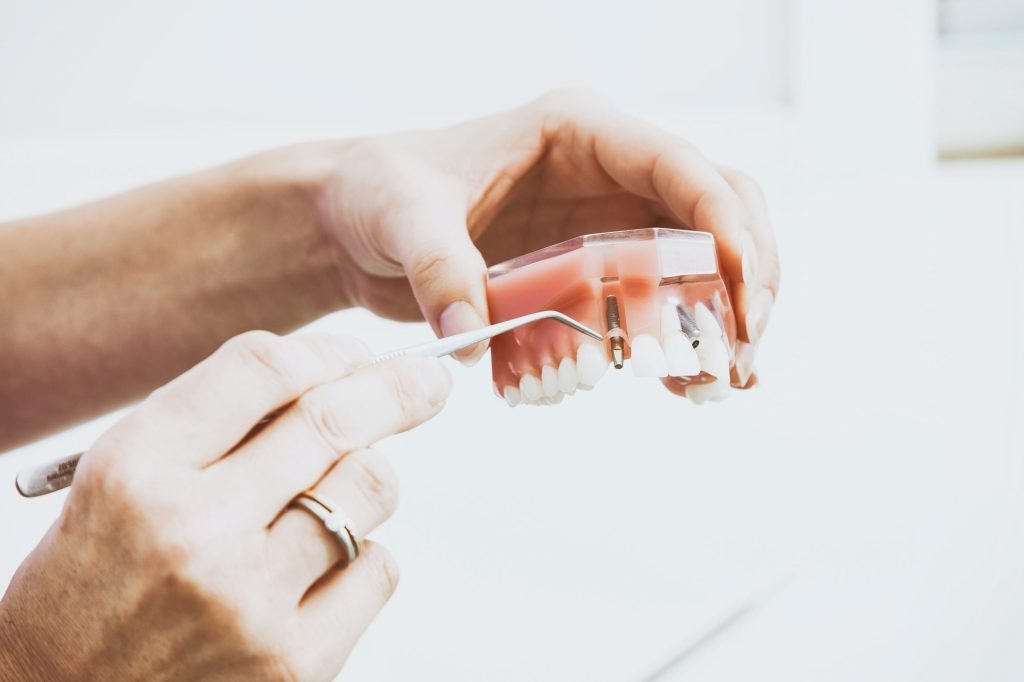Dental burs are essential tools used in dentistry for various procedures, ranging from cavity preparations to root canal treatments. These small, rotating instruments have a long and fascinating history that has evolved alongside advancements in dental technology and patient care. Let’s look at the history of these crucial dental tools.
Early Innovations and Development
What to know about dental burs? The use of these tools can be traced back to ancient civilizations, where crude instruments made from materials like flint or obsidian were used for tooth preparation. Though it wasn’t until the late 19th century that significant advancements in dental burs occurred. Dr Green Vardiman Black, often referred to as the “father of modern dentistry,” revolutionized the field by introducing the concept of rotary instrumentation. His innovative designs paved the way for the development of more efficient and precise dental burs.
Materials and Manufacturing Techniques
Originally, dental burs were made from natural materials such as animal bones or ivory. However, with the advent of modern dentistry, these materials were replaced by more durable and sterile alternatives. Today, most dental burs are made from tungsten carbide, a hard and wear-resistant material that ensures longevity and precision. Manufacturing techniques have also evolved, with computer-aided design and manufacturing (CAD/CAM) technologies enabling the production of highly accurate and standardized dental burs.
Evolution of Bur Designs
Over the years, dental bur designs have undergone significant transformations to meet the evolving needs of dentists and patients. Initially, burs were simple, single-use instruments with limited functionality. Yet, advancements in technology have led to the development of a wide variety of bur shapes and sizes, each designed for specific dental procedures. From round burs used for removing decay to tapered burs for crown preparations, the diverse range of bur designs allows dentists to achieve precise and efficient results.
Impact on Dental Practice
The introduction of dental burs and rotary instrumentation has had a profound impact on dental practice. The ability to precisely remove decay, shape teeth, and access hard-to-reach areas has improved the quality of dental treatments while reducing patient discomfort. Rotary instruments, including burs, have also significantly decreased the time required for various procedures, allowing dentists to work more efficiently and enhance patient satisfaction. What’s more, the versatility of dental burs has expanded treatment options, making it possible to perform complex procedures with greater precision and success rates.
Technological Advancements
As dental technology continues to advance, so does the design and functionality of dental burs. Innovations such as diamond-coated burs and ultrasonic burs have further improved efficiency and precision in dental procedures. Diamond burs, for instance, offer superior cutting ability and durability, making them ideal for tasks requiring high precision, such as shaping ceramics or preparing veneers. Ultrasonic burs, on the other hand, use ultrasonic vibrations to remove hard tissue while minimizing damage to surrounding structures.
Continual Evolution and Future Prospects
The history of dental burs is a testament to the ongoing evolution and refinement of dental instruments. As dental technology continues to advance, it is likely that dental burs will further improve in terms of design, materials, and manufacturing techniques. This continual progress will lead to enhanced patient care, increased efficiency, and improved outcomes for a wide range of dental procedures.
Dental burs have come a long way from their early origins, evolving into essential tools that have revolutionized dental practice. From the ancient flint instruments to the modern, precision-engineered burs made from tungsten carbide, their history reflects the advancements in dental technology and the quest for better patient care.



